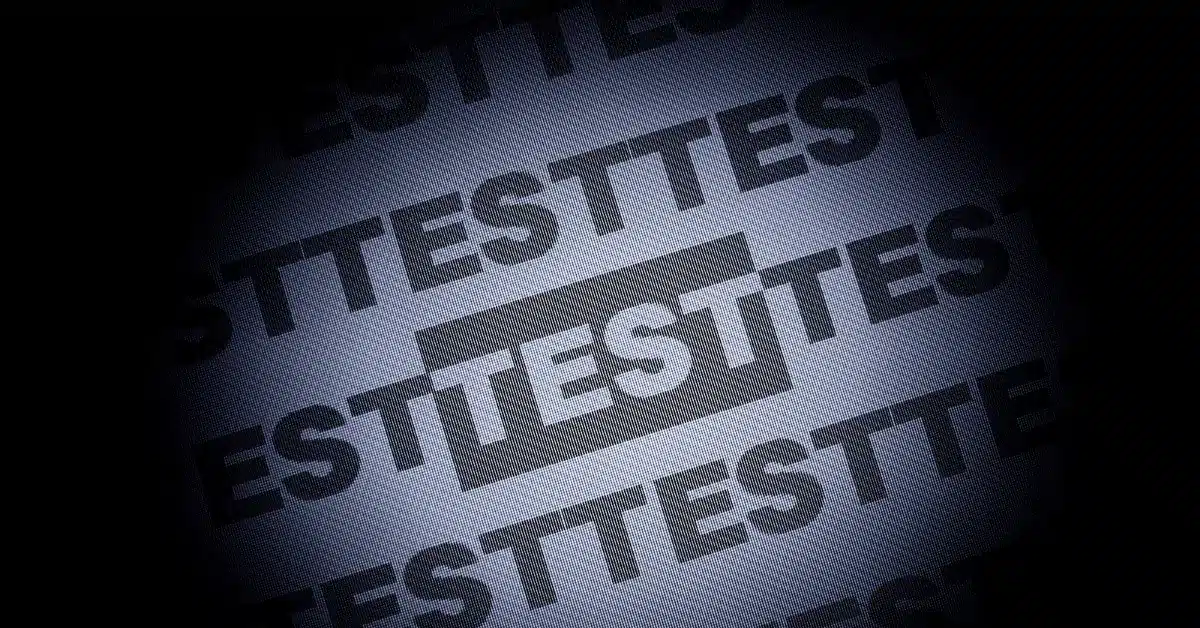
Do you find the remote hiring process tot remote employees for your company. be a bit of a gamble? Are you unsure about what to look for and how to go about evaluating a candidate for a remote post in your company?
Well, let’s face the truth. Hiring, in general, is a tactical gambit. You have to be ready to take a chance as no trick can guarantee hiring the best remote employees for your company.
But you can avoid certain pitfalls to prepare yourself best for the hiring process as the CEO or HR of a company. Avoiding these mistakes will definitely make the process of finding ‘the one’ for your company a lot easier.
Here is a list of pitfalls to avoid while hiring remote staff-
Pitfall 1. Good resumes mean good remote employees

Resume is the first place to start while hiring remotely. But It should not be the only thing to consider. They are sometimes more of a distraction than a help.
Resume will definitely help you understand what the candidate has done in the past. But your decision has to focus on how well the candidate has done those works/tasks.
Don’t hire just on the basis of the resume. A good resume doesn’t qualify a candidate as best for the post.
How to avoid it?
- Do background research on candidates. Don’t skip this step if you want to make sure that the candidates have provided all their details appropriately. And to make sure that the candidates are trustworthy enough for your company.
- Evaluate his/her skills through practical means. Even companies like Zapier have a skill evaluation step in their hiring process.
Virtual Games for Remote Teams
CoffeeConnect connects two people every week based on their interests in slack and helps them build camaraderie easily with ice-breakers questions, rapid-fire quizzes and virtual coffee.
Build super-connected remote teams
Provide the tools (1:1s, OKRs, Check-ins, CoffeeConnect) your managers need to be in regular touch with their teams
Pitfall 2. Accepting mediocrity and settling for the average

Hiring is a tiresome process and I understand that no one wants to go through the hassle for more than once. But isn’t it better to take time to find the appropriate candidate than hiring someone who is not good enough for the post?
Won’t it be more frustrating in the long run to go for someone who can’t do his job efficiently?
You should not look for the best candidate out of everyone but the candidate who suits best for the post. Choosing the wrong candidate and their sub-standard performance may cost your company highly.
Find icebreaker games to build great connect with your remote teams HERE!
How to avoid it?
Use your network. Post your openings on meetup groups, blog posts, social media posts, remote job boards etc. to attract the best talent. Some popular remote job boards are- WeWorkRemotely, Flexjobs, Remote.co, Remotive, Working Nomads, Jobspresso etc.
To make your remote employee selection process more effective, start with drafting up a great job ad that will attract the right kind of candidates.
Rely on multiple sources for applicants. Look for niche websites that can ensure that you’ll hire the top talent in that particular niche. For example, if you’re looking for writers, try to find a website that deals with just a particular set of applicants who possess the required skills.
Don’t hire in a hurry. Otherwise in the end you will have to go through the entire process once again. Remember that your time is also money.
Pitfall 3. Good worker or a good remote worker

Does the candidate have the specific skill set to efficiently work in a remote setting? It may appear peripheral on the surface but it can gravely affect your company’s success in the long run.
How to avoid it?
To find out if the candidate has the potential to be able to work remotely, ask the appropriate questions. Here is a list of interview questions you may ask-
- Are their verbal and written communication skills top-notch?
- How far are they comfortable with technology?
- Are they self-starters? Do they have the ability to self motivate themselves?
- Are they capable of making independent decisions as you won’t want to be micromanaging?
- Can they work with little direction?
- Do they understand the nature of remote work and the self-discipline involved?
- Are they prepared to handle isolation that comes with working from home?
- Are they able to take responsibility for their work and not be afraid to ask for help?
- Why have they chosen remote working rather than in-office working?
- How do they prioritize and handle tasks?
- What tools do they use to keep their work functioning smoothly?
- How do they handle distractions and deal with burnout?
- How well do they manage their work/life balance?
Also, make sure to focus not too much on technical abilities. Hire a self-organized person with a growth mindset rather than focusing solely on who ticks more of the technical skill boxes.
Pitfall 4. Not communicating clear expectations

Communicate what you expect from the candidate and company’s essentials such as its policies, procedures, work recruitments and other vital information. Ignoring transparency may cause confusion and misunderstanding between the company and the remote candidates.
How to fix it?
Prepare well-detailed job descriptions, highlighting key information on working hours, compensations, company culture and other important expectations. For example, if you prefer staff from a certain time zone or location only, clearly mention it in the job description.
Keep a documentation process in place. Prepare a project brief, then develop instructions for a recruiter to follow.
Ask the same questions for the same positions so you’ll end up with a clear picture of who did the best on the tests and interviews.
Virtual Games for Remote Teams
CoffeeConnect connects two people every week based on their interests in slack and helps them build camaraderie easily with ice-breakers questions, rapid-fire quizzes and virtual coffee.
Build super-connected remote teams
Provide the tools (1:1s, OKRs, Check-ins, CoffeeConnect) your managers need to be in regular touch with their teams
Pitfall 5. No need for a trial

To get
an in-depth knowledge of the candidate function as an employee over the long-run ask for a trial. You can call it a real-time, remote demo.
Hire the best with a Test.
A trial period is also important to evaluate factors that are seemingly impossible to interview for, especially remotely.
How to fix it?
Let the top candidates work on a project that would be typical of the post. It will help you evaluate how clearly they communicate, how they process information and how effectively they take suggestions and use them at work. You can also ask the top two candidates to work on a paid trial period.
Buffer has an interesting take on it. They have a New Employee Bootcamp that goes for about 45 days and the candidate needs to get through this test to get the final commitment.
Remember: Don’t commit the mistake of making your candidates work for hours with no compensation.
For example- if you offer a 24-hour technical task with no compensation you will possibly end up with unsatisfied and frustrated candidates. And if one of them takes to social media platforms or any other means to express their dissatisfaction your company’s reputation will definitely be under question.
So make sure the trial period is a paid one.
Pitfall 6. Underestimating the impact of technology

Technology can make your remote hiring process a hundred times easier, faster and efficient. Especially when you are dealing with a large number of applicants.
How to fix it?
Use an Applicant Tracking System or ATS, to not get overwhelmed when dealing with a huge number of applicants.
According to Toggl, you’ll get about 500-1500 applicants for a single remote role. Out of that number, 80% won’t be a fit right off the bat.
An ATS helps you collect, sort, scan and rank job applications. It also helps you keep all candidates’ information gathered in one place.
According to GetApp, 86% of hiring professionals believe that using ATS has allowed them to recruit faster.
You can also go for hiring tools such as The Resumator, Jobpal, Ideal, Talentwall, greenhouse, HireVue etc. to ease your recruiting process.
Try out assessment tools like Spark Hire, Jobma, Saberrto, etc. to evaluate candidates’ skills and how they will fit culturally in your company.
Pitfall 7. Hire before meeting the candidate

It is one of the most common mistakes while hiring remote workers. Meeting a person is important to gauge if the candidate’s personality would match your management style. It will also help you understand if there is a clash in culture between the candidate and your company.
How to fix it?
Since you can’t meet a person face-to-face, arrange a virtual meeting through platforms like Skype, Google Hangouts, Facetime, and Zoom, etc.
Video call interviews will help you understand the candidate’s personality through their body language. You will also get to have a clear view of their communication skills.
Conclusion
Whether you are hiring a remote web developer, remote web designer, remote manager, or any other remote post, these tips will shield you from committing the most common mistakes while hiring the best remote talent for your company.
Best of luck.







